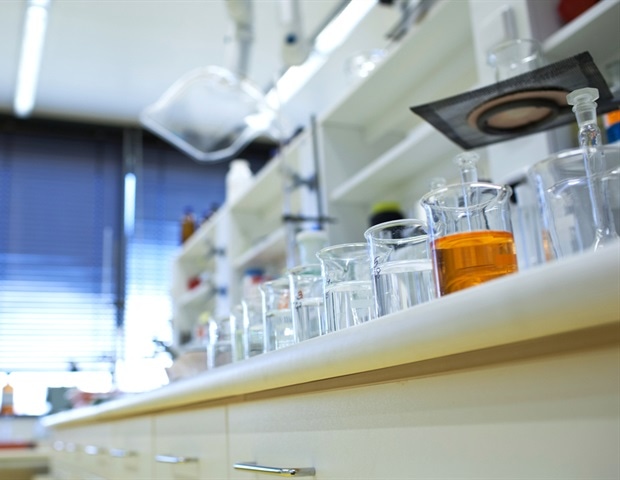
For decades, amino acids have been integral to medical formulations such as insulin, acting as stabilizers to prevent proteins from interacting in undesirable ways. While the efficacy of this practice has been well-documented, the underlying mechanism remained a mystery—until now. An international team of scientists, led by the Supramolecular Nano-Materials and Interfaces Laboratory at EPFL’s School of Engineering, has unveiled the ‘why’ behind this phenomenon, revealing a fundamental stabilizing effect of all small molecules in solution. This groundbreaking discovery has been published in Nature, in collaboration with Alfredo Alexander-Katz at MIT and researchers from the Southern University of Science and Technology in China, including EPFL alumnus Zhi Luo.
“When suspended in solution, proteins are constantly changing shape around a central form, and so the prevailing theory has been that amino acids help keep proteins from misfolding,” explains Ting Mao, a recent EPFL PhD graduate and first author of the study. “Now, we show that this is not the case. In fact, the stabilizing effect of amino acids has little to do with biology but is rather a general property of all small molecules in relation to larger particles, known as colloids, in solution.”
Balancing Attraction and Repulsion
To comprehend this colloidal effect of small molecules, Francesco Stellacci, head of the Supramolecular Nano-Materials and Interfaces Laboratory, suggests an analogy: imagine two colleagues walking toward each other on opposite sides of a hallway. If the hallway is empty, they will immediately spot each other and stop to chat. However, if the hallway becomes crowded, they may miss each other entirely. This phenomenon, called screening attraction, illustrates how amino acids affect larger particles, acting like the crowd in the hallway, discouraging passing interactions.
Francesco Stellacci, Head, Supramolecular Nano-Materials and Interfaces Laboratory
Interestingly, scientists have known for over a century that salts do the opposite: they screen repulsion. In the hallway analogy, salt plays the role of the crowd, preventing two unfriendly colleagues from avoiding an awkward interaction. “What we have discovered is that amino acids are essentially the anti-salt, because they have an opposite ‘screening’ effect,” says EPFL scientist and co-author Quy Ong. “You can even see this in nature: it has been shown that when a plant is watered with salty water, its cells will produce more amino acids to help stabilize them as they become stressed by the increased salt concentration.”
Better Control of Molecular Interactions
The researchers assert that their findings provide a compelling case for reporting amino acid concentrations in scientific studies moving forward. “In biology, one would never do an experiment without reporting the ionic (salt) concentration of a solution. Our work shows that amino acid concentrations have just as much impact and should therefore be reported just as rigorously,” Stellacci emphasizes.
Indeed, Stellacci is already exploring the untapped potential of these molecular effects as part of his recently funded ERC Advanced Grant. “We want to understand how small molecules like amino acids are central to healthy biological function. With the support of our ERC grant, our goal is ultimately to predict which molecules can stabilize which proteins, and how much—something that is currently done by trial and error in biomedical research.”
Implications for Future Research
This discovery not only sheds light on a long-standing scientific enigma but also opens new avenues for research and development in the biomedical field. By understanding the stabilizing role of amino acids and other small molecules, scientists can potentially design more effective and stable medical formulations. This could revolutionize the way drugs are developed, stored, and administered, leading to better patient outcomes and reduced costs.
As research continues, the scientific community eagerly anticipates further insights into the complex interactions between small molecules and proteins. The implications of this study extend beyond the laboratory, promising to influence future innovations in medicine and biotechnology.





